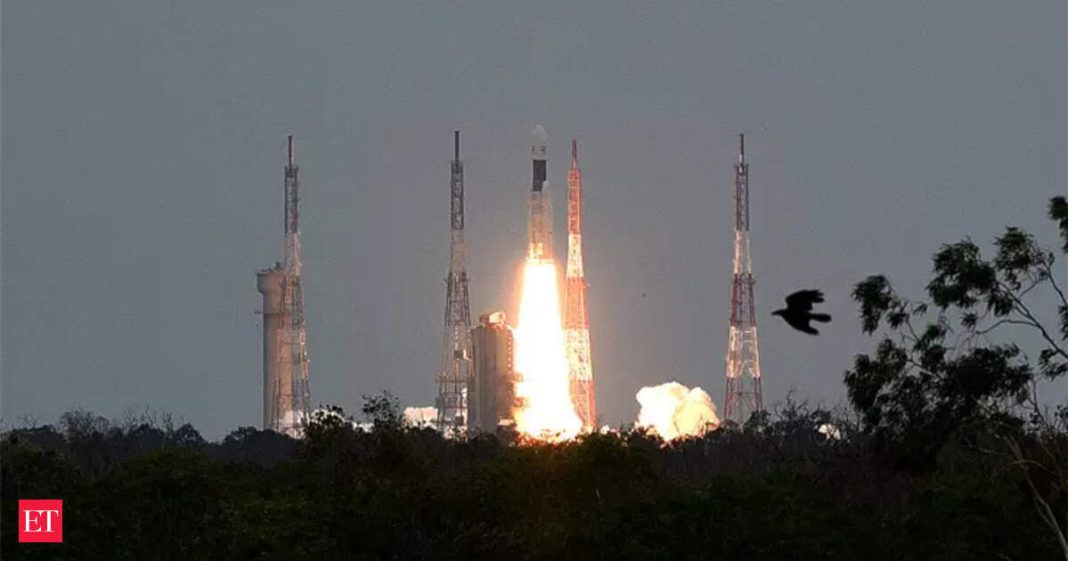Key Takeaways
- Chandrayaan-2’s CHACE-2 instrument makes first-ever direct observation of solar CME impact on the Moon.
- The event on May 10, 2024, caused a tenfold increase in lunar exosphere pressure.
- Findings validate theoretical models and have implications for future lunar missions and bases.
India’s Chandrayaan-2 orbiter has achieved a major scientific breakthrough by recording the first direct observation of how the Sun’s Coronal Mass Ejections (CMEs) affect the Moon. The Indian Space Research Organisation (ISRO) announced this landmark discovery on Saturday.
Unprecedented Observation of Solar Impact
The Chandra’s Atmospheric Compositional Explorer 2 (CHACE 2) payload aboard Chandrayaan-2 detected significant changes in the lunar exosphere when a CME struck the Moon on May 10, 2024. The instrument recorded an increase in total pressure by more than an order of magnitude, marking the first experimental confirmation of this phenomenon.
“Observations from CHACE-2 showed an increase in the total pressure of the dayside lunar exosphere when the Coronal Mass Ejection impacted the Moon,” ISRO stated in its release.
Understanding the Lunar Environment
Coronal Mass Ejections occur when the Sun ejects massive quantities of its building material, primarily consisting of helium and hydrogen ions. The Moon is particularly vulnerable to these solar events because it lacks both a substantial atmosphere and a global magnetic field that could provide protection.
The CHACE-2 payload’s primary objective is to study the composition and distribution of the lunar neutral exosphere and its variability. This recent observation provides crucial data about how space weather affects the Moon’s surface environment.
Mission Background and Significance
Launched on July 22, 2019, from Sriharikota, Chandrayaan-2 carried eight scientific payloads. Although communication with the Vikram lander was lost during its landing attempt on September 7, 2019, the orbiter has remained fully operational in a 100 km x 100 km orbit around the Moon.
The increased solar coronal mass that impacted the Moon enhanced the process of knocking atoms off the lunar surface, liberating them into the lunar exosphere. This manifested as the observed enhancement of total pressure in the sunlit lunar exosphere.
Implications for Future Lunar Exploration
Beyond advancing scientific understanding of lunar space weather, these observations highlight the challenges of establishing permanent scientific bases on the Moon. Lunar base architects will need to account for such extreme events that temporarily alter the lunar environment before effects subside.
ISRO noted that this increase is consistent with earlier theoretical models that predicted such effects, but CHACE-2 has now provided the first experimental confirmation. The findings will help scientists better understand the lunar exosphere and prepare for future lunar missions.




